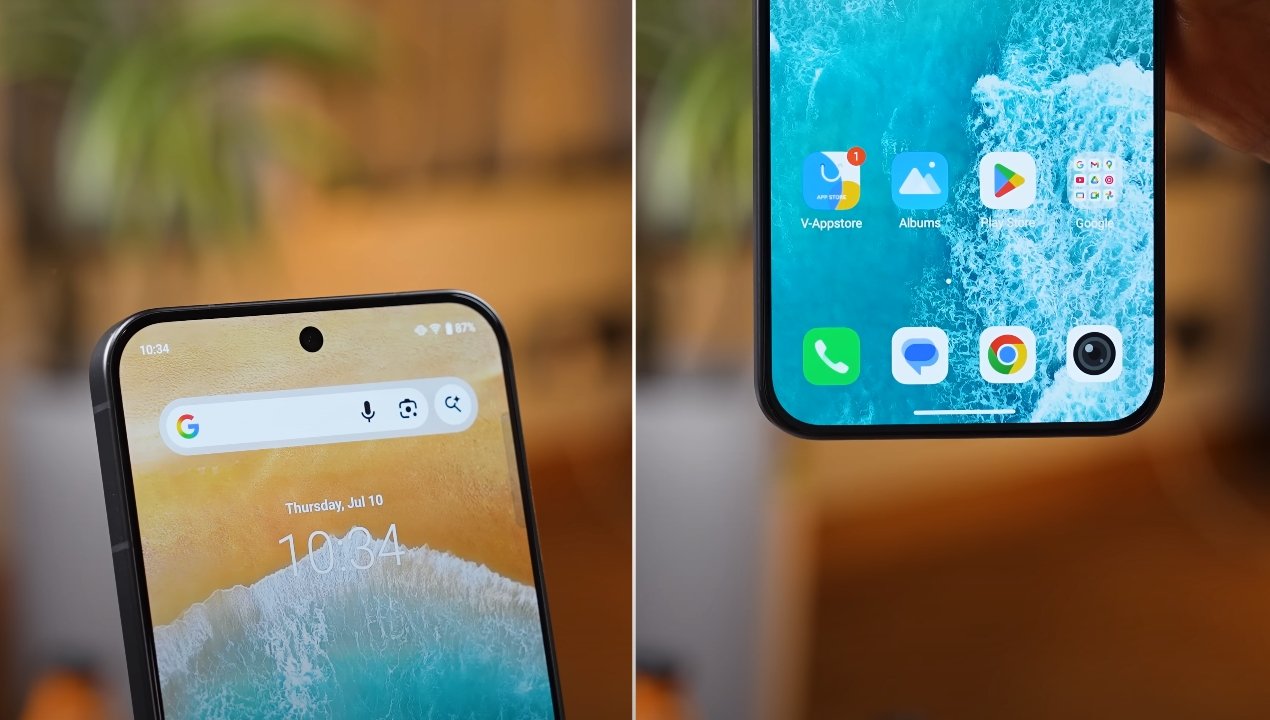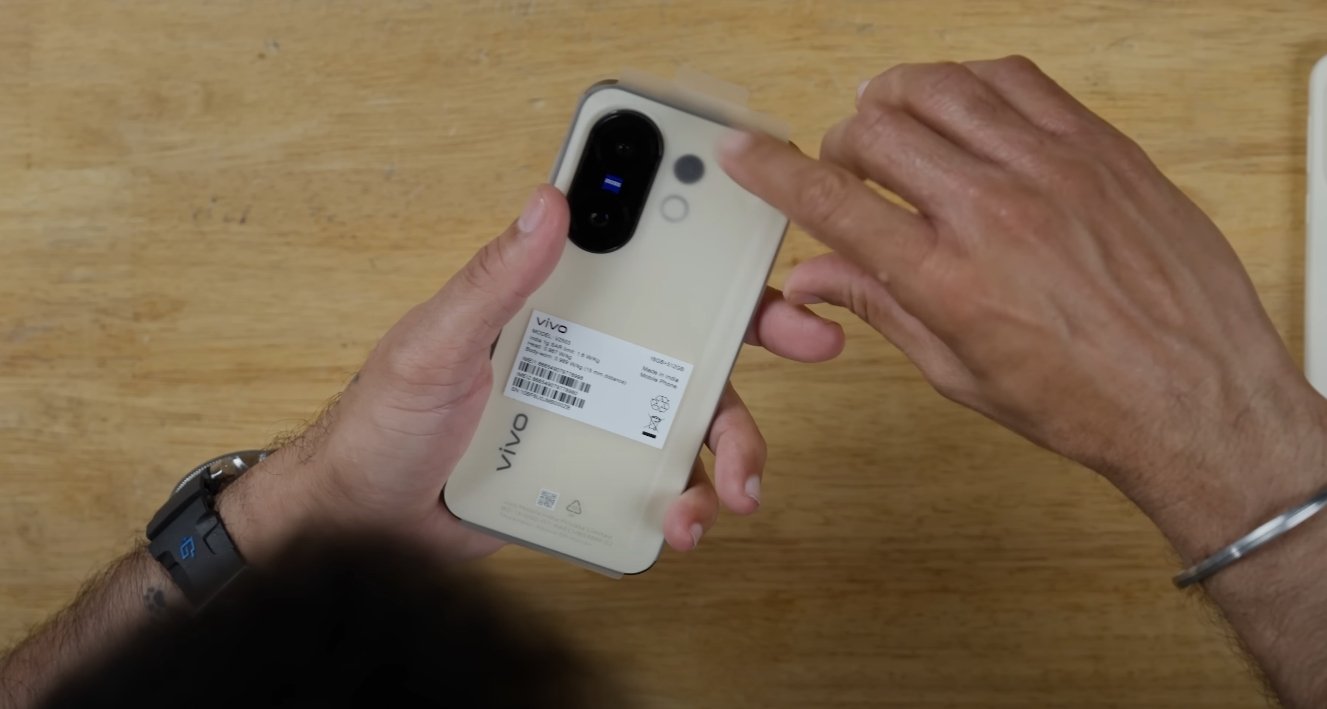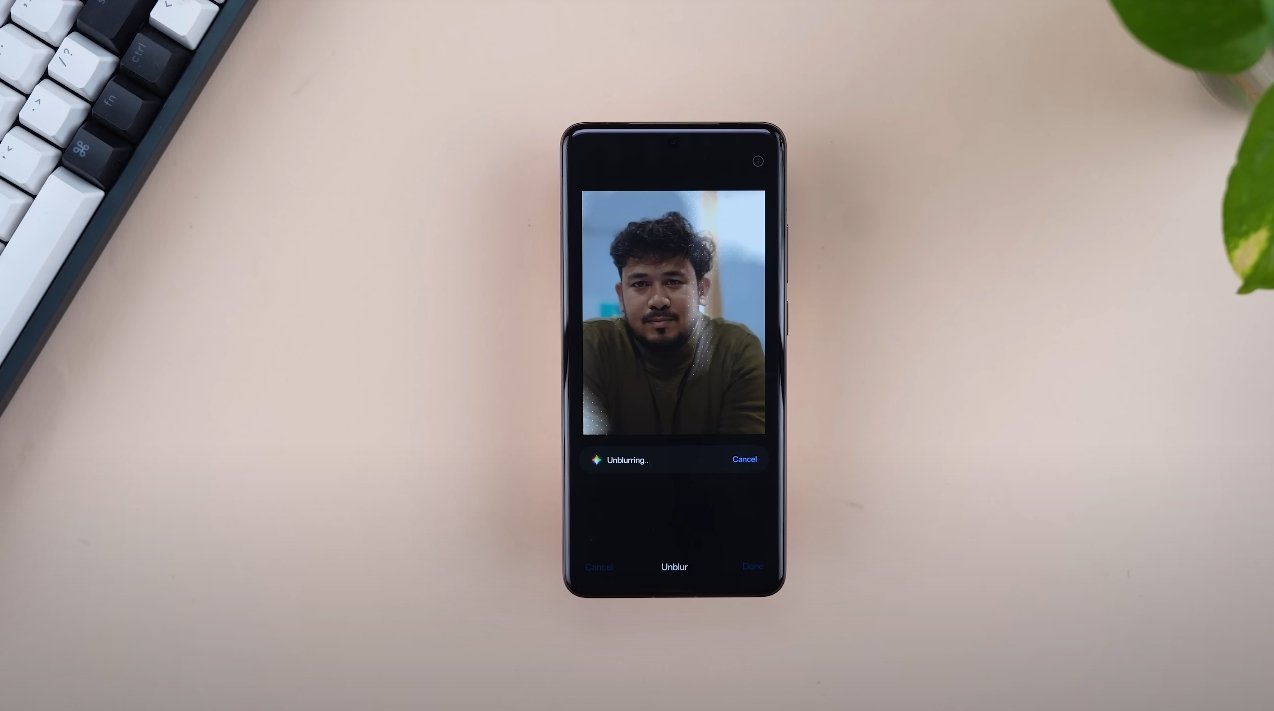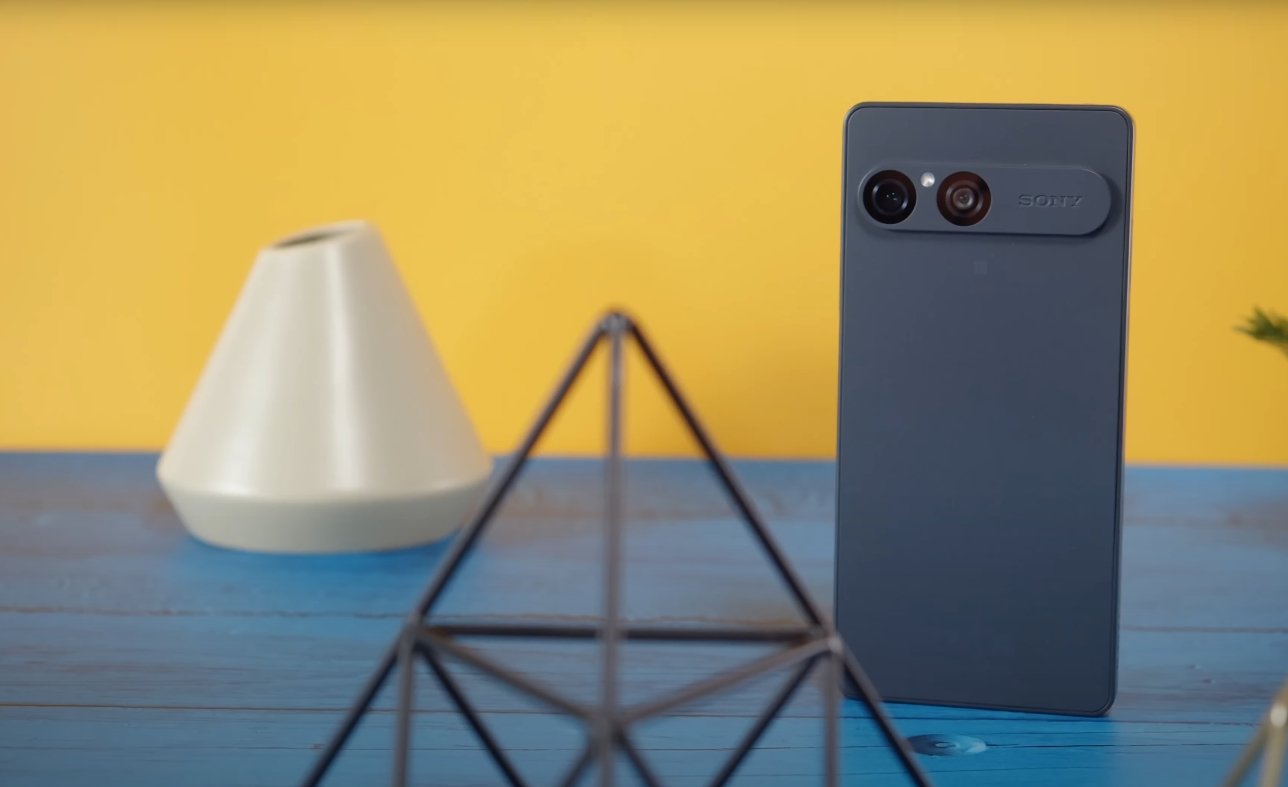eSIM Capability Brings Convenience for U.S. Users
The Vivo X300 FE USA variant is reported to support eSIM functionality, a feature that could offer more flexibility for customers relying on wireless service providers across the country. Early hands-on feedback and documentation suggest that users will be able to choose between physical SIM cards and electronic SIMs, allowing them to switch carriers or plans without needing a new physical SIM. This move aligns with industry trends among high-end and upper mid-range smartphones in the U.S., where eSIM support is increasingly expected.
With eSIM, U.S. users could benefit when traveling, or when juggling business and personal numbers. The new feature means one can activate a wireless plan digitally through the settings, often without visiting a store. Consumers who move between carriers for better deals or network coverage may find this especially helpful. It also supports dual-SIM setups via a combination of eSIM + physical SIM, giving more flexibility than traditional dual-SIM phones that rely entirely on two physical SIMs.
Carriers such as AT&T, Verizon, and T-Mobile have accelerated support for eSIM in recent years, and many of their postpaid and prepaid plans now accommodate eSIM devices. If the Vivo X300 FE fully meets compatibility requirements, customers on major networks should be able to activate service via eSIM without issue. This compatibility depends not just on hardware, but also on firmware and carrier certification — which appears to be part of Vivo’s roadmap according to early test units and regulatory filings.

Early user reports indicate that set-up of eSIM on the X300 FE is straightforward: navigating to the Settings menu, choosing Cellular or SIM options, and selecting “Add eSIM” prompts a QR code scan or manual input of details as provided by the carrier. Users also note that switching from a physical SIM to eSIM, or vice versa, works without needing to reboot the device, which improves usability. Suggestions are that the firmware is optimized to manage both types of SIMs efficiently, keeping network handovers smooth.
A concern among some users is battery drain when both SIM options are active, or when using weaker signal bands. However, reports so far assert that the phone manages power consumption well. Even with eSIM turned on alongside a physical SIM, battery life remains adequate for a full day of mixed usage. This implies that Vivo has built in efficient power management to support dual-SIM scenarios involving eSIM.
Overall, the Vivo X300 FE’s eSIM support in the USA variant enhances its appeal — offering flexibility, ease of switching carriers, and the ability to carry multiple numbers without extra hardware. For many buyers, this is a useful feature that adds to performance, design, and connectivity strengths the model already possesses. As firmware updates roll out and carriers confirm full support, the device looks set to offer a more modern SIM experience to consumers who value convenience and versatility in their cellular service.



